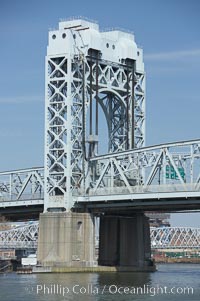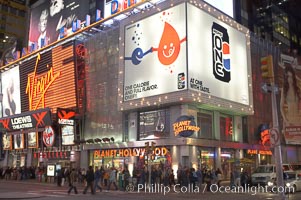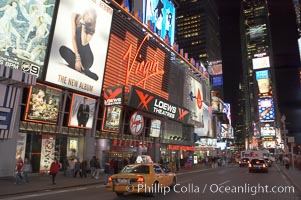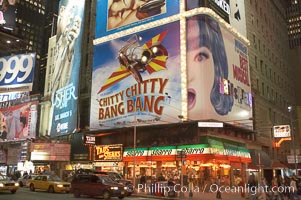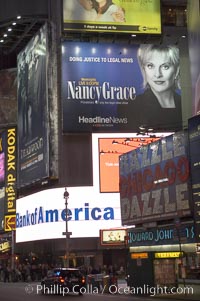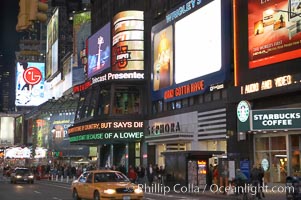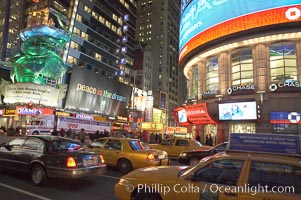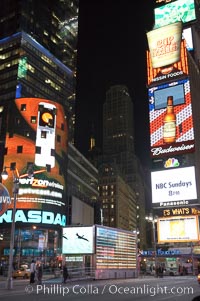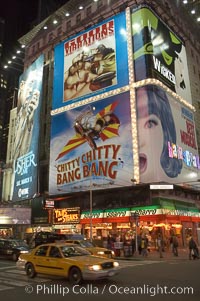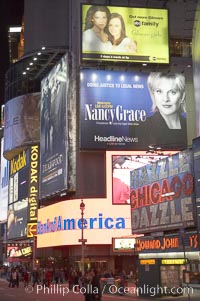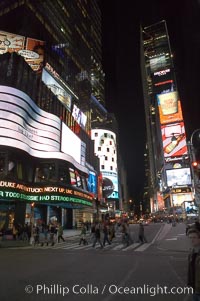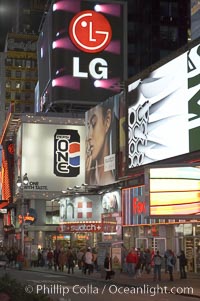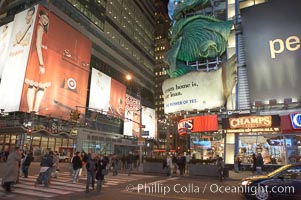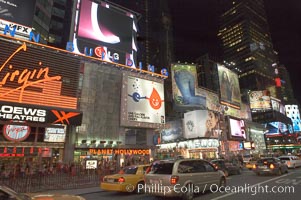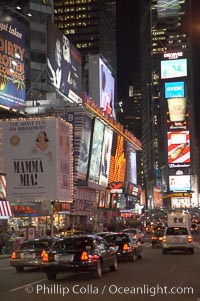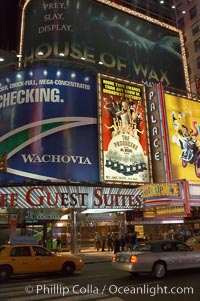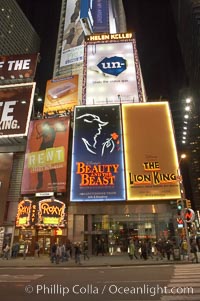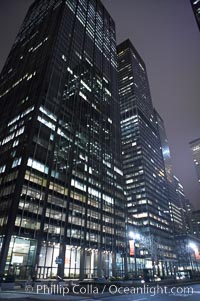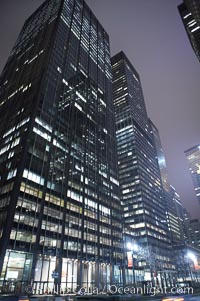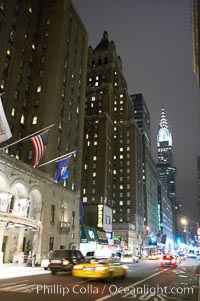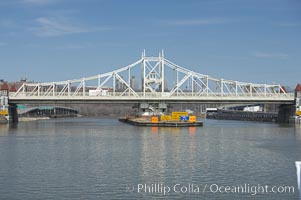
Macombs Dam Bridge. Macombs Dam Bridge is a swing bridge that spans the Harlem River in New York City, connecting the boroughs of Manhattan and the Bronx near Yankee Stadium. It is the third-oldest bridge in New York City and was designated an official landmark in January of 1992. The bridge is operated and maintained by the New York City Department of Transportation.
Location: Manhattan, New York City
Image ID: 11147
Location: Manhattan, New York City
Image ID: 11147
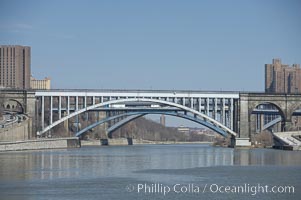
High Bridge, Harlem River. The oldest remaining bridge in NYC is High Bridge which carries the Croton Aquaduct. The Alexander Hamilton Bridge and Washington Bridge are seen beyond it. Manhattan is on the left, the Bronx is on the right.
Location: Manhattan, New York City
Image ID: 11148
Location: Manhattan, New York City
Image ID: 11148
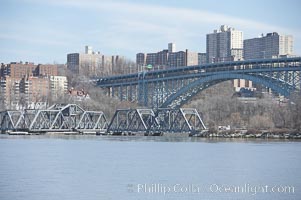
Spuyten Duyvil Swing Bridge (foreground) and Henry Hudson Bridge (background). The Spuyten Duyvil Bridge is a swing bridge that carries Amtrak's Empire Corridor line across the Spuyten Duyvil Creek between Manhattan and the Bronx, in New York City. The bridge is located at the point where Spuyten Duyvil Creek and the Hudson River meet.
Location: Manhattan, New York City
Image ID: 11150
Location: Manhattan, New York City
Image ID: 11150
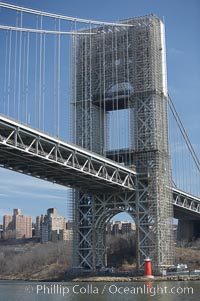
George Washington Bridge, with construction scaffolding. Hudson River.
Location: Manhattan, New York City
Image ID: 11151
Location: Manhattan, New York City
Image ID: 11151
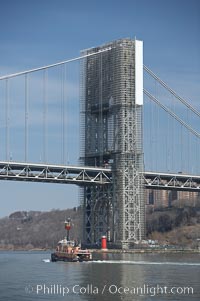
George Washington Bridge, with construction scaffolding. Hudson River.
Location: Manhattan, New York City
Image ID: 11152
Location: Manhattan, New York City
Image ID: 11152
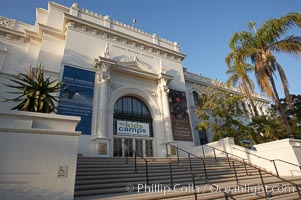
The San Diego Museum of Natural History, Balboa Park, San Diego. Located next to the main fountain in Balboa Park, the San Diego Natural History Museum is the place to find dinosaur bones and get a close up look at insects, birds and organic matter that make our outside world so interesting. Renovated in 2001, a new wing has doubled the museums original 65,000 square feet of floor space to about 150,000 square feet.
Location: Balboa Park, San Diego, California
Image ID: 11270
Location: Balboa Park, San Diego, California
Image ID: 11270
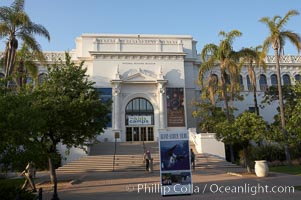
The San Diego Museum of Natural History, Balboa Park, San Diego. Located next to the main fountain in Balboa Park, the San Diego Natural History Museum is the place to find dinosaur bones and get a close up look at insects, birds and organic matter that make our outside world so interesting. Renovated in 2001, a new wing has doubled the museums original 65,000 square feet of floor space to about 150,000 square feet.
Location: Balboa Park, San Diego, California
Image ID: 11271
Location: Balboa Park, San Diego, California
Image ID: 11271
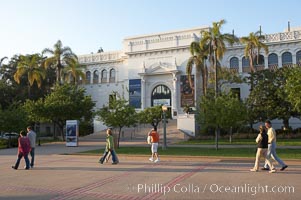
The San Diego Museum of Natural History, Balboa Park, San Diego. Located next to the main fountain in Balboa Park, the San Diego Natural History Museum is the place to find dinosaur bones and get a close up look at insects, birds and organic matter that make our outside world so interesting. Renovated in 2001, a new wing has doubled the museums original 65,000 square feet of floor space to about 150,000 square feet.
Location: Balboa Park, San Diego, California
Image ID: 11272
Location: Balboa Park, San Diego, California
Image ID: 11272
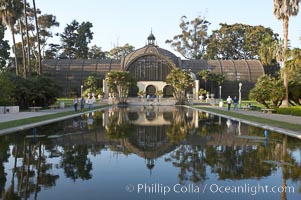
The Botanical Building in Balboa Park, San Diego. The Botanical Building, at 250 feet long by 75 feet wide and 60 feet tall, was the largest wood lath structure in the world when it was built in 1915 for the Panama-California Exposition. The Botanical Building, located on the Prado, west of the Museum of Art, contains about 2,100 permanent tropical plants along with changing seasonal flowers. The Lily Pond, just south of the Botanical Building, is an eloquent example of the use of reflecting pools to enhance architecture. The 193 by 43 foot pond and smaller companion pool were originally referred to as Las Lagunas de las Flores (The Lakes of the Flowers) and were designed as aquatic gardens. The pools contain exotic water lilies and lotus which bloom spring through fall. Balboa Park, San Diego.
Location: Balboa Park, San Diego, California
Image ID: 11273
Location: Balboa Park, San Diego, California
Image ID: 11273
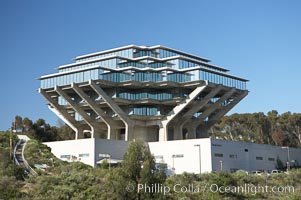
The UCSD Library (Geisel Library, UCSD Central Library) at the University of California, San Diego. UCSD Library. La Jolla, California. On December 1, 1995 The University Library Building was renamed Geisel Library in honor of Audrey and Theodor Geisel (Dr. Seuss) for the generous contributions they have made to the library and their devotion to improving literacy. In The Tower, Floors 4 through 8 house much of the Librarys collection and study space, while Floors 1 and 2 house service desks and staff work areas. The library, designed in the late 1960s by William Pereira, is an eight story, concrete structure sited at the head of a canyon near the center of the campus. The lower two stories form a pedestal for the six story, stepped tower that has become a visual symbol for UCSD.
Location: University of California, San Diego, La Jolla
Image ID: 11274
Location: University of California, San Diego, La Jolla
Image ID: 11274
